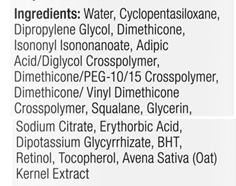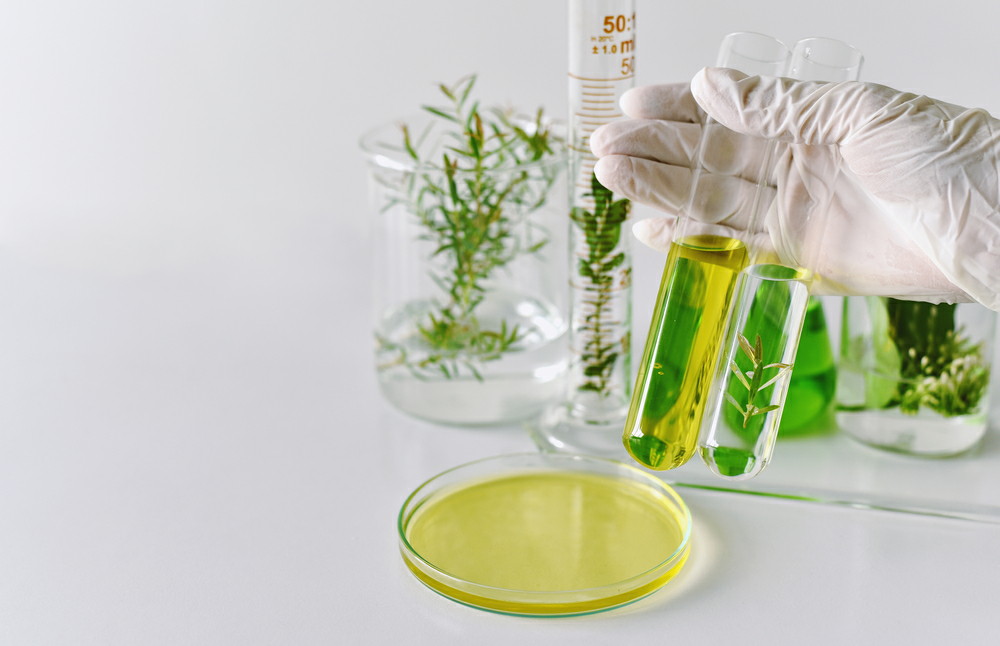INCI is the list of ingredients in cosmetics , creams, lotions, soaps and beauty products.INCI is abbrivated as International Nomenclature of Cosmetic Ingredients. It is an international coding system for the ingredients used in cosmetic products, recognized and adopted worldwide.The purpose of using the INCI nomenclature is to facilitate the identification of any ingredient in a clear, precise and immediate manner.
Advantageous of NCI
Consumer
Allows the consumer to clearly identify the ingredients of a formulation anywhere in the world.
Health Surveillance
The adoption of this nomenclature will enable greater agility in identifying the ingredients of cosmetic products in a clear, correct and precise manner.
Scientific community
The use of a standardized nomenclature makes it easier for practitioners such as doctors and pharmacists to advise consumers and to ensure a more dynamic update of scientific knowledge.
How to read the INCI
The order of ingredients
Generally the ingredients are described in descending order , that is, from the highest to the lowest concentration.
In the example below , water (AQUA or WATER) is the largest component, so it appears first. Next comes the volatile silicone CYCLOPENTASILOXANE and so on, until you reach the assets TOCOPHEROL and AVENA SATIVA KERNEL (OAT) EXTRACT, in the lowest concentration in the formula.

In the case of dyes , they are usually described through the CI (Color Index) which corresponds to a numbering. Example: CI 42.090 (corresponds to FD & C Blue number 1).
NCI: Apps and sites to consult
To better understand the meaning of what we read, there are also several apps that simplify the task, often not simple, of interpretation.
Some examples:
- Biotiful allows you to scan the cosmetic bar code directly, evaluating the INCI with a grade from 1 to 5.
- It is green? is an app to make reading the ingredients easier and faster.
- Greenity , to learn about the substances that are put on your skin every day thanks to the comunity , to which to ask questions.
- Cosmetics, with glossary also helps to know the duration of each product
- Inci Ok, allows you to share the ingredients with everyone and scan the barcode to immediately read its list of ingredients and assessments.
- EcoBio Control, has a very broad database of substances in which endocrine disruptors and allergens are also present, and it is born from the biodizionario.it website
- saicosatispalmi.com is another interesting site with all the information on the chemical components of the main ingredients, both natural and synthetic.
Every ingredient present in the INCI of a product is verified and evaluated with yellow, red green, assigned according to the wholesomeness of the ingredient. In particular:
INCI green
- 2 green dots : promoted
- 1 green dot : acceptable
INCI yellow
- 1 yellow dot : dubious substance
INCI red
- 1 red dot : not recommended
- 2 red dots : unacceptable
INCI table of the most common harmful substances
The substances always have the name in English if of chemical or Latin origin if of botanical origin:
- Alcohol (when it is one of the first four ingredients on the list)
- Ammonium Lauryl Sulfate
- Diethanolamine (Goddess)
- Dimethicone
- Formaldehyde
- Lanolin
- Mineral Oil
- Parabens (methylparaben, propylparaben, for example)
- Petroleum
- Polyethelyne Glycol (also called PEG / polyethelyne, or polyoxyethelyne)
- Propylene Glycol
- Sodium Chloride
- S. Laureth Sulfate
- S. Lauryl Sulfate (SlS)
- Synthetic Colors (often FD&C or D&C followed by a color and a number)
- Synthetic Fragrance or Parfum
- Triethanolamine (Tea)
INCI cosmetics
In choosing to purchase a cosmetic, the ideal would be to buy one with organic certification . The law is not very clear about it, but it is safe when it comes to certifications such as:
- AIAB (Italian Association for Organic Agriculture)
- Ecocert
- CCPB (Consortium for the Control of Biological Products)
- ICEA (Institute for Ethical and Environmental Certification)
If we are faced with an indecipherable list of ingredients, then, reading the label means making sure that it does not contain certain components, in particular:
- petrolatum
- Paraffinum Liquid
- Vaseline
- Mineral oil
They are all substances derived from oil refining. Since also avoid the Polyquaternium-80 and all substances with “-one” suffix ( thicone, siloxane ).
Conclusion:
Reading the International Nomenclature of Cosmetic Ingredients (INCI) may seem intimidating at first, but with practice and some knowledge, you can easily decipher the language of cosmetic products. By understanding the INCI, you gain transparency, avoid potential allergens, align with personal preferences, and make informed purchasing decisions. So, the next time you pick up your favorite skincare product, take a moment to read and understand the INCI, and let your knowledge guide you towards healthier and more enjoyable skincare experiences.

